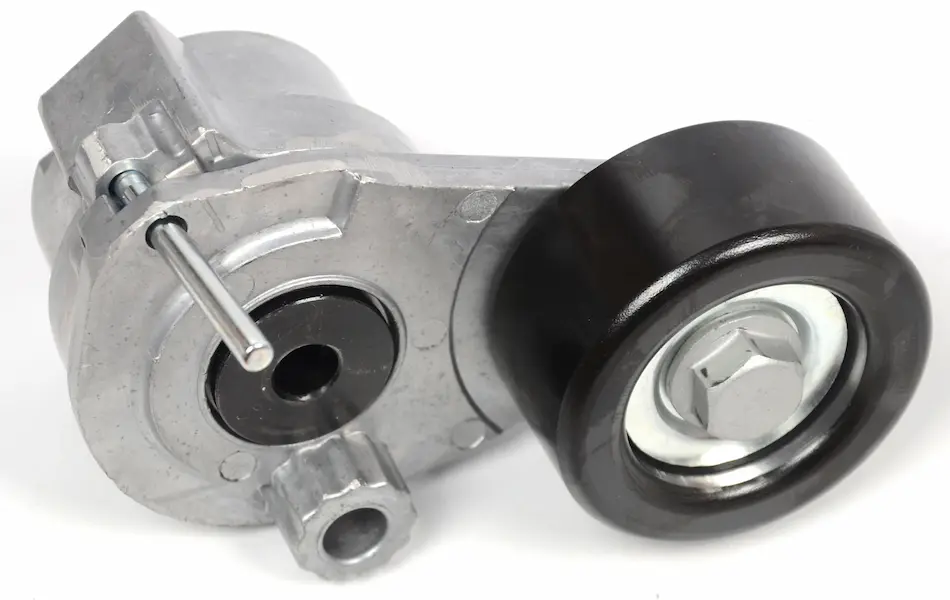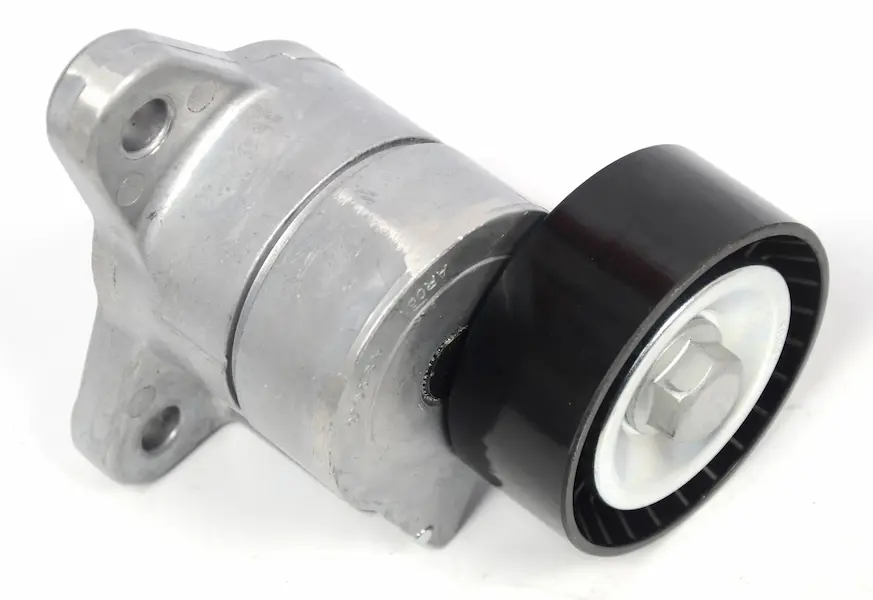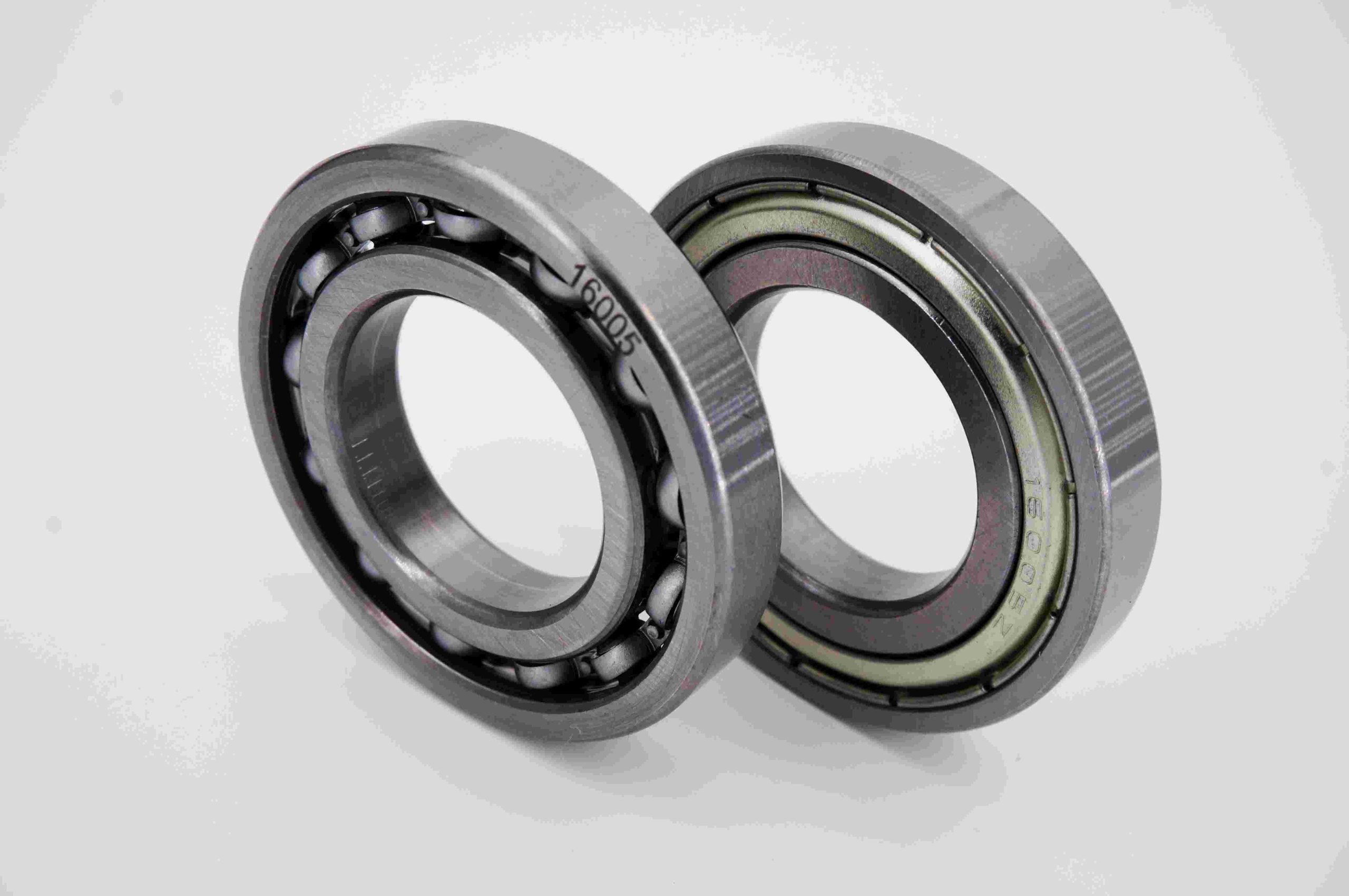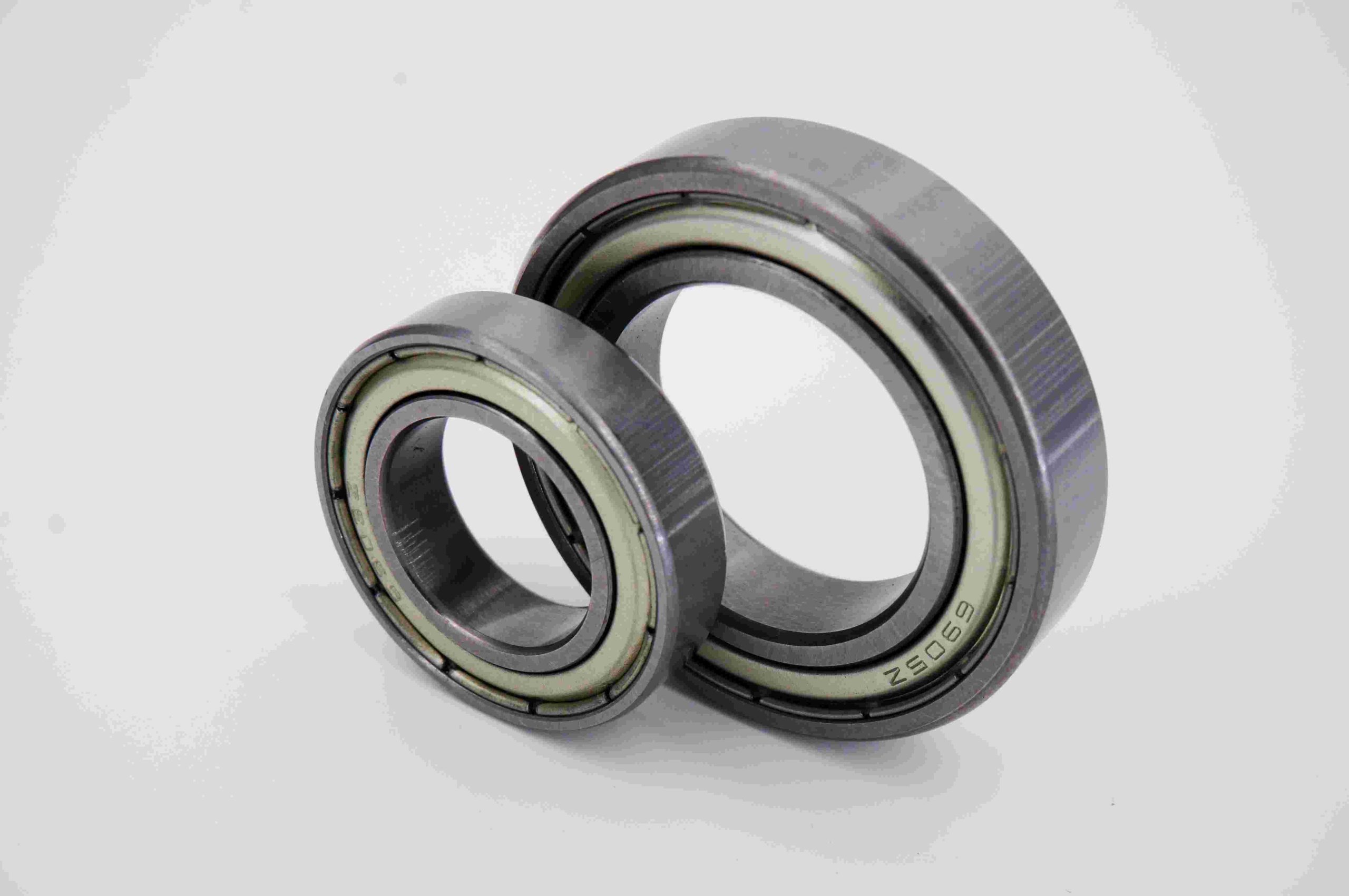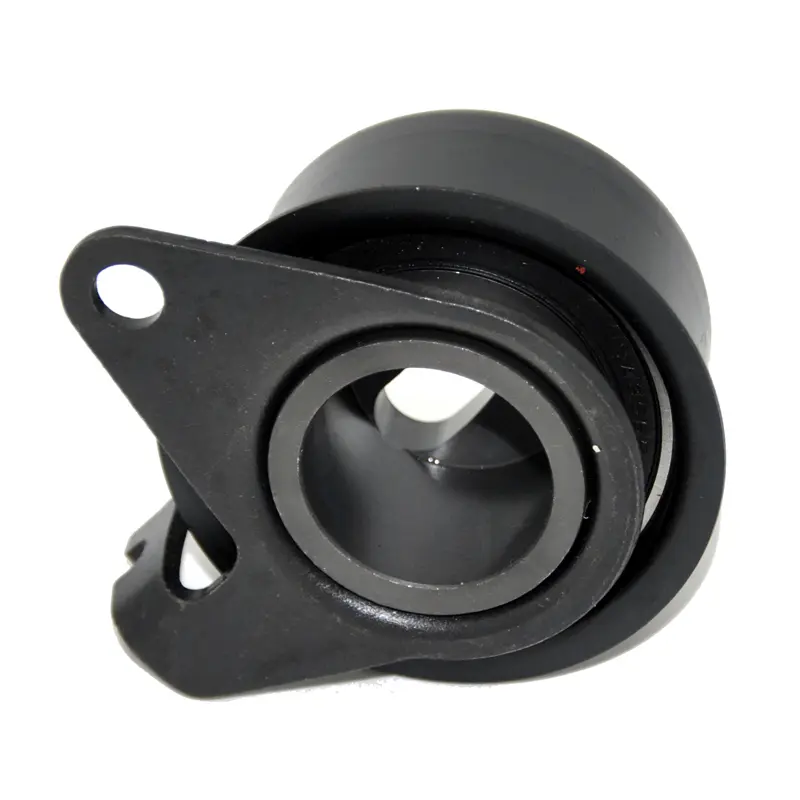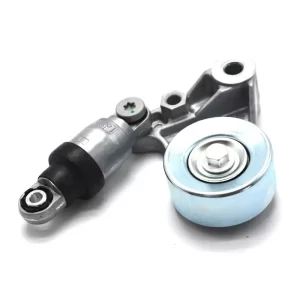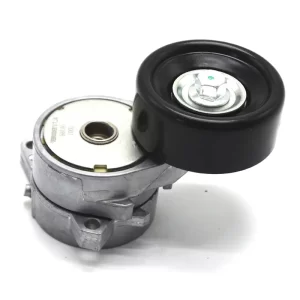Обтегачите и ролките на празен ход са неразделни компоненти за поддържане на производителността и ефективността на двигателните системи. Натегачите, специално проектирани да регулират и настройват степента на обтягане на ремъците или веригите, гарантират, че тези компоненти остават правилно подравнени с ролките или зъбните колела. Това прецизно подравняване е от решаващо значение, тъй като намалява износването, свежда до минимум загубите на мощност и осигурява ефективно предаване на мощността в цялата система на двигателя.
Ролките на празен ход играят важна роля за насочването и поддържането на правилното напрежение на ремъците на допълнителното задвижване на двигателя. Тяхната основна функция е да насочват точно ремъците и да поддържат правилното им напрежение. Изпълнявайки тези функции, ролките на празен ход допринасят значително за безпроблемната работа на системата за задвижване на принадлежностите на двигателя. Това води до намаляване на шума и вибрациите, което подобрява цялостната работа на двигателя.
Съществуват няколко вида обтегачи, всеки от които е подходящ за различни приложения:
Автоматични обтегачи: Тези обтегачи се регулират автоматично в отговор на условията в системата или чрез механични средства, като например механизми с пружини. Те са проектирани да поддържат оптимално напрежение, без да се изисква ръчна намеса, което ги прави идеални за приложения, при които автоматичното регулиране е от полза.
Ръчни обтегачи: За разлика от автоматичните обтегачи, ръчните обтегачи изискват ръчно регулиране, за да се зададе подходящото напрежение. Обикновено това се прави с помощта на болтове или други ръчни механизми. Въпреки че осигуряват по-практичен подход към регулирането на напрежението, те могат да изискват периодични проверки и настройки въз основа на износването и работата на системата.
Хидравлични или пневматични обтегачи: Те се използват при по-взискателни приложения, при които прецизният и последователен контрол на напрежението е от решаващо значение. Те често се използват в тежки машини или високоскоростни приложения, където традиционните обтегачи може да не осигурят необходимата точност или производителност.
Бързоходните ролки също се предлагат в различни типове, за да отговарят на различните нужди:
Гладки ролки на празен ход: Това са обикновени ролки с гладка повърхност, по която се движи ремъкът. Те се използват в сценарии, при които не се изисква допълнително сцепление, което ги прави подходящи за приложения с минимални изисквания към сцеплението на ремъка.
Набраздени ролки на празен ход: Набраздените ролки на празен ход имат жлебове, които съвпадат с профила на ребрата на ремъка. Те се използват в системи със змиевиден ремък, където за ефективното предаване на мощността са необходими прецизно подравняване и сцепление. Жлебовете помагат да се гарантира, че ремъкът остава в правилна позиция и поддържа ефективно предаване на мощността.
Като разбирате различните видове обтегачи и ролки на празен ход и техните специфични приложения, можете да вземете информирано решение за това кои компоненти най-добре отговарят на нуждите на вашата система на двигателя. Всеки тип обтегач и ролка на празен ход има своите предимства и е проектиран така, че да отговаря на конкретни изисквания, като осигурява оптимална работа и дълготрайност на задвижващата система на вашия двигател.
Приложения в автомобилните системи:
- Системи за зъбни ремъци: В двигателите с ремъци за разпределение на предавките, ролките се използват за водене на ремъка и поддържане на напрежението между коляновия и разпределителния(те) вал(и), като осигуряват точна синхронизация на компонентите на двигателя.
- Допълнителни системи за задвижване: Бързи ролки се намират в системи, които задвижват компоненти като водната помпа, помпата на сервоуправлението, компресора на климатика и алтернатора. Тези компоненти са жизненоважни за работата на автомобила и комфорта на пътниците.
Инженерно съвършенство
- Прецизно производство: Всяка ремъчна шайба се изработва с помощта на усъвършенствани машини с ЦПУ, което гарантира точни спецификации и допустими отклонения. Тази прецизност гарантира перфектно напасване и оптимална работа в автомобилите Buick, Chevrolet и Cadillac.
- Иновативен дизайн: Благодарение на усъвършенствания дизайн серията осигурява по-добро подравняване на ремъка и постоянно напрежение, като предотвратява приплъзването и намалява износването.
Качество на материала
- Премиум материали: Изработени от първокласни материали, като подсилена стомана и усъвършенствани полимери, тези ролки издържат на екстремни условия, като предлагат отлична устойчивост на топлина, корозия и механично натоварване.
- Запечатани лагери: С висококачествени уплътнени лагери тези ролки осигуряват плавна и тиха работа, като същевременно предпазват от проникване на мръсотия и влага, удължавайки живота на компонентите.
Ползи от изпълнението
- Повишена издръжливост: Благодарение на превъзходните материали и техники на изработка, ролките от сериите Buick, Chevrolet & Cadillac осигуряват изключителна издръжливост, дори при тежки условия на работа.
- Оптимално напрежение: Напрегателната ролка поддържа правилното напрежение на задвижващия ремък, което е от решаващо значение за ефективната работа на двигателя. Това предотвратява приплъзването или прекалено голямото натягане на ремъка, като намалява износването му.
- Безпроблемна работа: Направляващата ролка осигурява плавно движение на задвижващия ремък по компонентите на двигателя, като свежда до минимум шума и вибрациите за по-тихо шофиране.
Принцип на работа
- Напрегателна ролка: Напрегателната ролка прилага контролирана сила върху задвижващия ремък, като поддържа правилното напрежение, необходимо за оптимална работа. Пружината за натягане се регулира, за да се приспособи към разтягането на ремъка и вибрациите на двигателя, като осигурява постоянно напрежение. Това предотвратява приплъзването на ремъка и осигурява ефективно предаване на мощността към различните компоненти на двигателя.
- Инерционна ролка: Подвижната ролка направлява и поддържа задвижващия ремък, като осигурява плавното му движение по компонентите на двигателя. Изпълнявайки ролята на точка за насочване, тя поддържа правилната траектория и подравняване на ремъка, намалявайки триенето и износването, като по този начин допринася за цялостната ефективност и дълготрайност на системата на задвижващия ремък.

